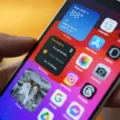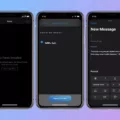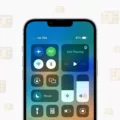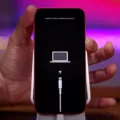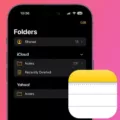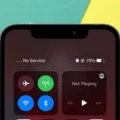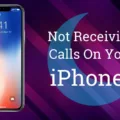Having no internet connection on your iPhone can be frustrating, especially when you rely on it for various tasks like browsing the web, checking emails, or using apps. But don’t worry, there are steps you can take to troubleshoot and resolve this issue.
One of the first things you can try is resetting your network settings. This can help fix any issues that may be causing your iPhone to have trouble connecting to the internet. To do this, go to Settings, then General, and tap on Reset. From there, select the option to Reset Network Settings. Keep in mind that this will remove all saved Wi-Fi passwords, so you’ll need to re-enter them after the reset.
If resetting your network settings doesn’t solve the problem, there are a few other things you can try. First, check if your cellular data is turned on. Go to Settings, then Cellular, and make sure the Cellular Data switch is toggled on. Sometimes, this simple step can be the solution to your internet connection woes.
Another troubleshooting step you can take is to restart your iPhone. Sometimes, a simple restart can resolve temporary software glitches that may be affecting your internet connection. Hold down the power button until the “slide to power off” option appears, then slide it to turn off your iPhone. After a few seconds, press and hold the power button again until the Apple logo appears, indicating that your iPhone is restarting.
If restarting your iPhone doesn’t help, you can try resetting your Wi-Fi router or modem. Unplug them from the power source, wait for a few seconds, and then plug them back in. This can help refresh the connection and resolve any issues that may be preventing your iPhone from connecting to the internet.
In some cases, the problem may not lie with your iPhone or network settings, but with your internet service provider. Contact your ISP to check if there are any known outages or issues in your area. They may be able to provide further assistance and guide you through the troubleshooting process.
If all else fails, you can try restoring your iPhone to its factory settings. Keep in mind that this will erase all data on your device, so make sure to back up your important files beforehand. To do this, go to Settings, then General, and tap on Reset. From there, select the option to Erase All Content and Settings. After the reset is complete, set up your iPhone as new and see if the internet connection issue is resolved.
Experiencing no internet connection on your iPhone can be frustrating, but there are steps you can take to troubleshoot and resolve the issue. Resetting your network settings, checking cellular data, restarting your iPhone, resetting your router or modem, and contacting your ISP are some of the steps you can try. Remember to back up your data before restoring your iPhone to its factory settings.
Why is Your iPhone Not Connecting to the Internet When You Have Data?
There could be several reasons why your iPhone is not connecting to the internet even though you have data. Here are some possible causes and solutions to help you troubleshoot the issue:
1. Network Settings: Incorrect network settings can prevent your iPhone from connecting to the internet. To fix this, go to Settings > General > Transfer or Reset iPhone > Reset > Reset Network Settings. This will reset all network settings on your iPhone, including Wi-Fi passwords, VPN settings, and cellular network settings. After resetting, reconnect to your Wi-Fi network or enable cellular data and check if the internet is working.
2. Airplane Mode: Check if Airplane Mode is enabled on your iPhone. When Airplane Mode is turned on, it disables all wireless connections, including cellular data. You can disable Airplane Mode by swiping up from the bottom of the screen to access the Control Center and tapping on the airplane icon.
3. Data Plan: Ensure that you have an active cellular data plan with sufficient data allowance. If you have exceeded your data limit or your plan has expired, your iPhone may not be able to connect to the internet. Contact your mobile service provider to check your data plan status.
4. Network Coverage: Poor network coverage or weak signal strength can also cause connectivity issues. Verify that you are within range of a cellular tower or Wi-Fi network. If you are in an area with weak signal, try moving to a different location or restarting your iPhone to reconnect.
5. Carrier Settings Update: Occasionally, your iPhone may require a carrier settings update to ensure compatibility with your network provider. To check for updates, go to Settings > General > About. If an update is available, you will be prompted to install it.
6. Software Update: Outdated software can sometimes cause connectivity problems. Make sure your iPhone is running the latest iOS version by going to Settings > General > Software Update. If an update is available, follow the on-screen instructions to install it.
7. Reset Network Settings: If none of the above solutions work, you can try resetting all network settings on your iPhone. This will remove all saved Wi-Fi networks, VPN configurations, and cellular settings. To do this, go to Settings > General > Transfer or Reset iPhone > Reset > Reset Network Settings.
If the problem persists after trying these troubleshooting steps, it is recommended to contact your mobile service provider or visit an Apple Store for further assistance.
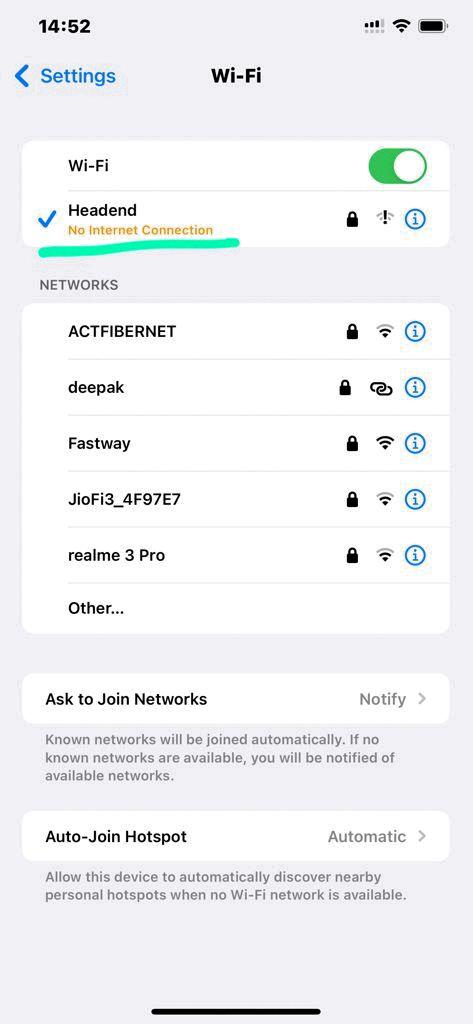
Why Won’t Your Phone Connect to Wi-Fi But Other Devices Will?
There can be several reasons why your phone won’t connect to Wi-Fi while other devices are able to. Here are some possible explanations:
1. Wi-Fi network compatibility: Your phone might not be compatible with the Wi-Fi network you are trying to connect to. Certain Wi-Fi networks, such as those using older security protocols (e.g., WEP), may not be supported by newer phones. In such cases, your phone won’t be able to establish a connection.
2. Network congestion or signal interference: Wi-Fi signals can be affected by congestion or interference from other devices or networks in the area. If there are too many devices connected to your Wi-Fi network or if other nearby networks are using the same Wi-Fi channel, it can cause connectivity issues. Other devices might still connect if they have stronger signal strength or are closer to the access point.
3. Network settings on your phone: Incorrect network settings on your phone can prevent it from connecting to Wi-Fi. Check if Airplane Mode is enabled, as this mode disables all wireless connections. Also, ensure that Wi-Fi is turned on and that your phone is not set to connect to a specific Wi-Fi network that is not available.
4. Wi-Fi driver or software issues: Sometimes, outdated Wi-Fi drivers or software on your phone can cause connection problems. Make sure your phone’s operating system and Wi-Fi drivers are up to date. You can usually check for updates in the phone’s settings or by visiting the manufacturer’s website.
5. Router issues: The problem may lie with your Wi-Fi router or modem. Restarting the router can sometimes resolve connectivity issues. Additionally, check if your router’s firmware is up to date and if any specific settings or restrictions are preventing your phone from connecting.
6. Phone-specific issues: Some phones may have their own unique connectivity issues. It could be a hardware problem or a known software bug. Check for any known issues specific to your phone model and consider contacting the manufacturer’s support for assistance.
Conclusion
When you encounter a situation where your iPhone is not connecting to the internet, it can be frustrating and inconvenient. However, there are several steps you can take to troubleshoot and resolve the issue.
First, ensure that your Wi-Fi or cellular data is turned on and that you are within range of a network. Check for any physical issues such as a loose or unplugged network cable, modem, or router. Additionally, make sure that your computer’s wireless network interface card is turned on if you are using a wireless network.
If these basic checks do not resolve the problem, you can try resetting your network settings on your iPhone. This can help clear any misconfigurations or conflicting settings that may be causing the issue. To do this, go to Settings, then General, and then select Reset. From there, choose the option to reset network settings.
Please note that resetting your network settings will remove any saved Wi-Fi passwords and other network-related settings from your device. You will need to re-enter this information after the reset.
If none of these steps work, it may be helpful to contact your internet service provider or Apple support for further assistance. They can provide more specific guidance based on your individual circumstances.
Troubleshooting and resolving internet connection issues on your iPhone can be a straightforward process by following these steps. By ensuring that your settings are correct and taking appropriate actions, you can get your internet connection back up and running smoothly.






